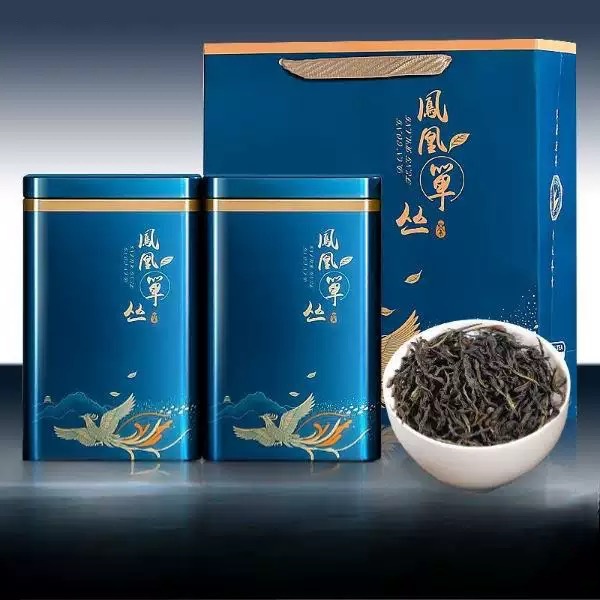Regional Oolong Tea Varieties

# Regional Oolong Tea Varieties
Oolong tea, with its unique semi-oxidized processing method, offers a diverse range of flavors and aromas that vary significantly by region. Each tea-growing area imparts distinct characteristics to its oolong teas, influenced by local terroir, climate, and traditional processing techniques. Let’s explore some of the most notable regional oolong tea varieties from around the world.
## Taiwanese Oolong Teas
Taiwan produces some of the world’s most sought-after oolong teas, known for their floral aromas and smooth textures.
### Alishan Oolong
Grown in the high mountains of Alishan, this tea features a delicate floral fragrance with notes of lilac and a creamy mouthfeel. The cool mountain climate contributes to its slow growth, resulting in complex flavors.
### Dong Ding Oolong
A classic Taiwanese oolong with a medium oxidation level, Dong Ding offers roasted nutty flavors with a hint of caramel sweetness. Its name translates to “Frozen Summit,” referring to its mountainous origin.
## Chinese Oolong Teas
China, the birthplace of oolong tea, offers an incredible variety of regional styles.
### Tie Guan Yin (Iron Goddess of Mercy)
From Fujian province, this famous oolong ranges from lightly oxidized (green style) to more traditional roasted versions. It’s known for its orchid-like aroma and lingering sweet aftertaste.
### Da Hong Pao (Big Red Robe)
A prized Wuyi Mountain rock tea, Da Hong Pao is heavily roasted with mineral notes reminiscent of the rocky cliffs where it grows. Its complex flavor profile includes hints of dark chocolate and stone fruit.
## Other Notable Regional Oolongs
### Vietnamese Oolong
Grown in the northern mountains, Vietnamese oolongs often display fruity characteristics with a clean, crisp finish. The Tam Chau region produces particularly notable varieties.
### Thai Oolong
Cultivated in the northern Chiang Mai and Chiang Rai provinces, Thai oolongs tend to be lighter and more floral than their Taiwanese counterparts, with some varieties showing distinct honey notes.
## What Makes Regional Oolongs Unique
Several factors contribute to the distinct character of regional oolong teas:
– Terroir: Soil composition and altitude dramatically affect flavor profiles
Keyword: Regional Oolong Teas
– Processing methods: Regional traditions in oxidation levels and roasting techniques
– Cultivar selection: Local tea plant varieties adapted to specific growing conditions
– Climate: Temperature fluctuations and humidity levels during growth
Whether you prefer the floral high-mountain teas of Taiwan, the mineral-rich rock teas of Wuyi, or the fruity oolongs of Southeast Asia, exploring regional varieties offers a fascinating journey through the world of semi-oxidized teas. Each cup tells a story of its origin, shaped by centuries of tradition and the unique environment where the tea leaves grow.
